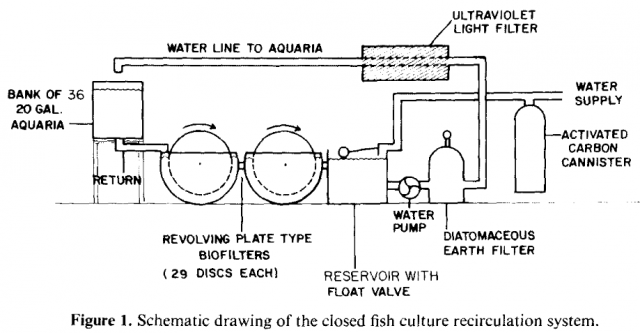As others have said.
The problem with using UV to kill ick and other protozoa, is they have motile stages that may (or may not) pass thru the unit long enough to have their organelles scrambled, but also .....have inert stages (on the fish, in the substrate) that will likely not pass thru, so not affected.
Enough detention time to do damage on these complicated, hard cell walled parasites, that flow, must be so slow (much slower than normal filtration rates,) so getting enough of them to pass thru the unit and be eradicated is not assured.
The problem with using UV to kill ick and other protozoa, is they have motile stages that may (or may not) pass thru the unit long enough to have their organelles scrambled, but also .....have inert stages (on the fish, in the substrate) that will likely not pass thru, so not affected.
Enough detention time to do damage on these complicated, hard cell walled parasites, that flow, must be so slow (much slower than normal filtration rates,) so getting enough of them to pass thru the unit and be eradicated is not assured.











